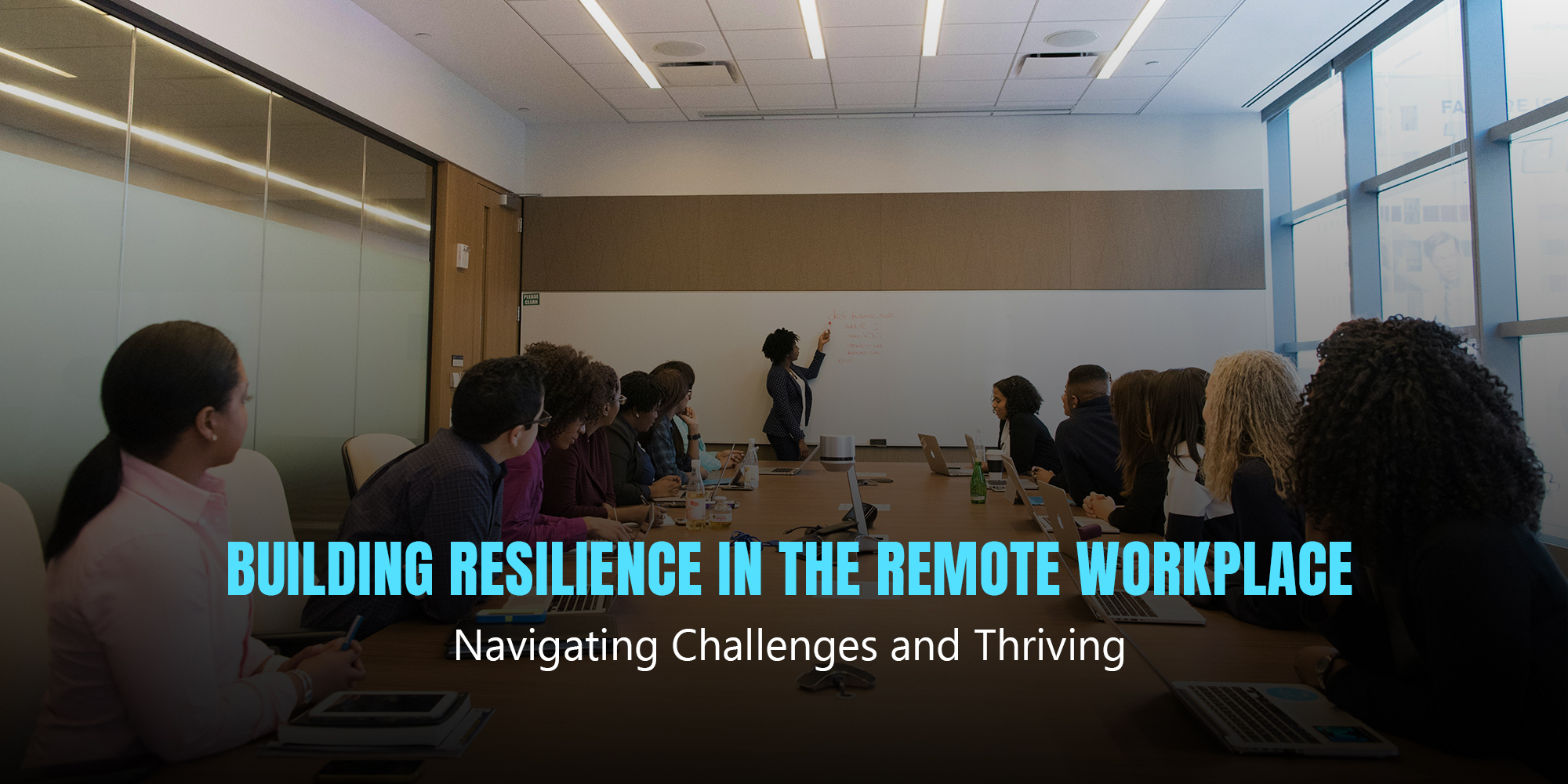
The best business leaders always know that their employees are the most important resource for success. However, a good leader will also realize that the right tools, mentoring programs, and incentives can help keep their employees engaged and motivated. In this article we will explore six ways to help you become your own greatest asset!
Give Them The Right Tools
Never underestimate the power of a tool. Utilizing tools can help to expedite, simplify, and improve work processes. They can help employees in picking up new abilities, forming fresh ways of thinking, and even coming up with more creative approaches to solving problems.
Let’s take an example: A company has a sales team that travels frequently for business meetings with clients across the country. The sales team usually spends hours preparing for each trip, which includes booking flights and hotels, researching potential clients and prospects as well as doing other logistical work such as arranging car rental or transportation services with local drivers where necessary. With all this travel-related workload on them at any given time, it can be very challenging for them to stay on top of everything that needs to get done before they leave their city office each day—especially if multiple trips have been scheduled within a week or two!

But what if there was a tool that automatically booked flights based on criteria like duration? What if there was another tool that could compare flight prices between airlines so employees didn’t have spend hours doing price checks on their own? What if there were yet another tool that could book hotels based off customer reviews from previous customers?
Let Them Go Home at 5 pm
Let your employees go home at 5 pm.
Work-life balance is a major issue for many people, and it’s no surprise that this is a huge focus for companies like Google, who have implemented flexible working hours for employees as well as unlimited vacation time. It’s also important to note that in these cases, the company benefits from lower turnover rates and increased employee productivity (although some have questioned whether these policies are actually enforceable).
If you want to offer similar benefits but don’t think they’re feasible given your business model or location, consider allowing employees to take an hour off during lunchtime so that they can still go home by 5 pm. This will allow them more time with their families while still allowing them to come back refreshed and ready for work the next day – which should increase productivity overall!
Show Your Employees That They Are Valued
When it comes to showing your employees that they are valued, there are several things you can do.
First, recognize and reward the good work they’re doing. Try not to wait until an employee has made a mistake before giving them feedback — this will help them learn from their mistakes instead of letting them make the same ones over and over again. When you have good news or an achievement that an employee has been involved with, make sure they know about it so they feel appreciated for their efforts.
Secondly, celebrate successes within your team by throwing events like parties or lunches once in awhile. This will give everyone some time off from work together as well as build stronger relationships between colleagues who may not interact much otherwise (depending on how big your company is). Finally, give honest feedback whenever necessary — don’t always sugar-coat what needs improvement because it will only hurt later when employees realize how different things could have been if someone had been more direct earlier on!
Introduce Mentoring Programs
A mentoring program is a great method to expose your employees to innovative approaches, help them in developing their talents, and allow them to share skills with each other. The program can be formal or informal. It may be peer-to-peer or supervisor-to-employee, internal or external.
It can be structured or informal. It can be short term or long term, with one-time meetings or ongoing check-ins throughout the year.A mentoring program gives employees an opportunity to learn from each other and develop new skills. It’s also an excellent way to build camaraderie among coworkers who might not otherwise interact much outside of work hours.
Create a Culture of Learning
If you want to create a culture of learning, then you must be willing to make it happen. You need to understand that creating a culture of learning is not as simple as posting your industry’s best articles and videos on the company intranet. Instead, it requires an intentional effort to make learning and development part of your company’s DNA.

It’s important for leaders and managers at all levels in the organization to be involved in this process because it gives them the opportunity to lead by example in terms of skill development and personal growth. Additionally, when employees see their managers taking time out from their busy schedules for self-improvement, they are more likely to do so themselves; thus creating an environment where everyone becomes more engaged with their work and interested in what they can learn next!
Incentivize and Motivate
It is also important to incentivize and motivate your employees. As humans, we all want to feel like we are part of something special and important. When companies have a great culture, this feeling is spread throughout the entire organization.
We need to make sure that we are giving our people a reason to come into work every day with enthusiasm and energy. We can do this by offering incentives for meeting goals or other accomplishments at work as well as providing opportunities for growth within the company.
Hiring and retaining the best workforce can be a competitive advantage for businesses.
Recruiting and retaining top talent can be beneficial to your company. Hiring the right people allows you to build a competent team that have the right skills to help you achieve your goals. Retaining these employees will also help you keep costs down, as well as make sure that they are as productive as possible. Here’s how:
-Focus on Hiring Employees That Fit Your Company Culture
-Ensure That Your Employees Are Happy in Their Jobs and Feel Valued by the Company
-Make Sure There Is Room for Growth Within Your Organization
The takeaway here is that the key to having great employees is to never stop investing in them. As their manager, you should be thinking about how to make your team better—not just today but tomorrow and beyond.









